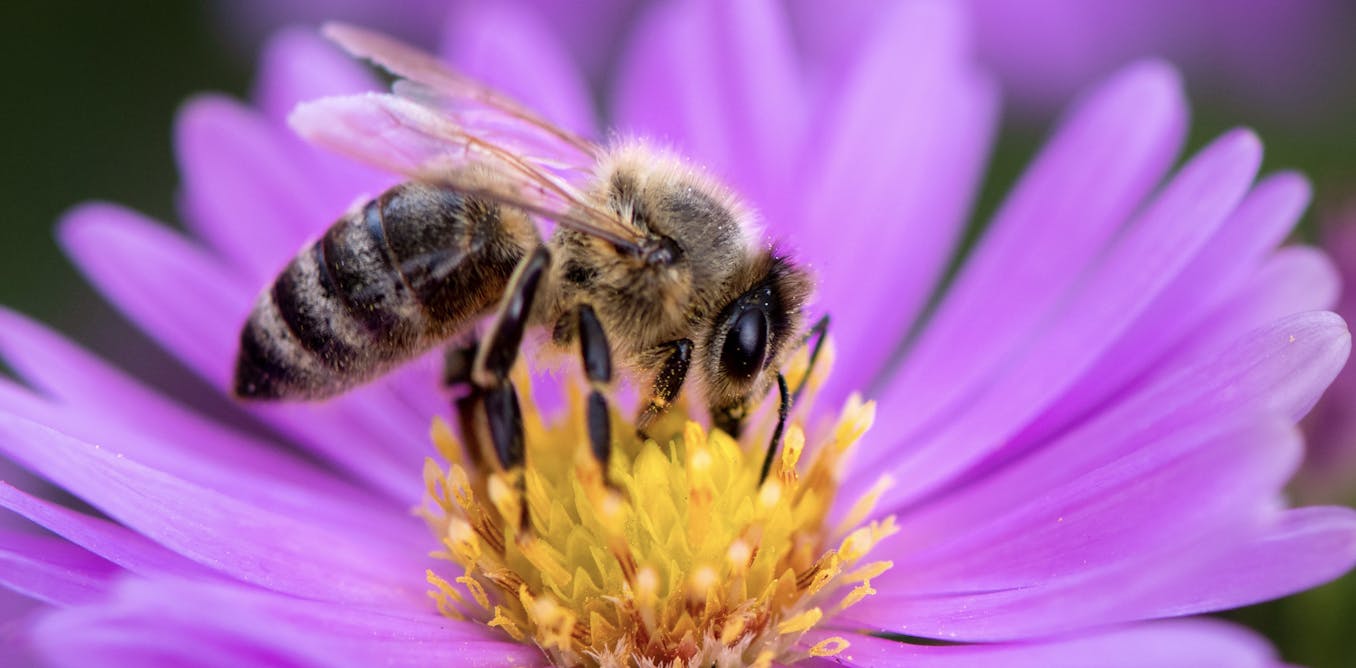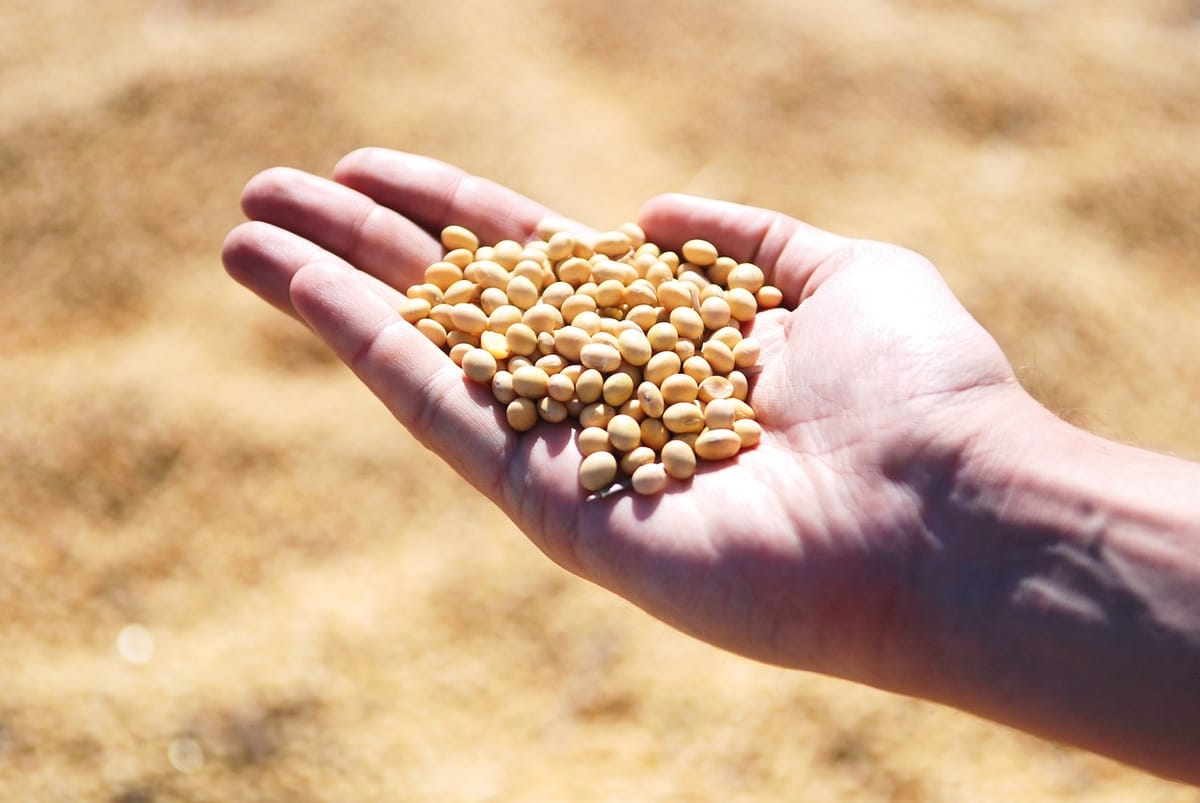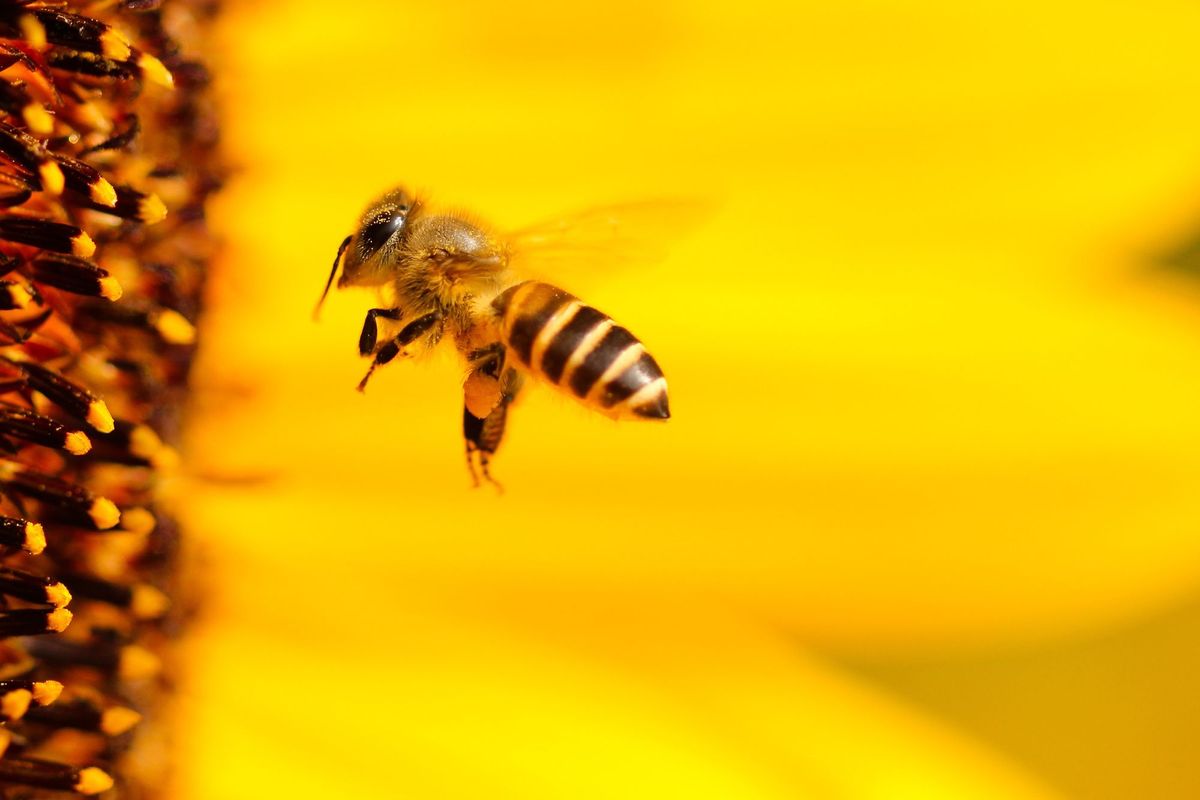
Why we need to protect insect populations
A large percentage of our crops require pollination. And for that we need insects. So why, as investors, are we allowing the companies we are invested in to take actions that put pollinators at risk?
Crops pollinated by animals, primarily insects, make up about one-third of US agricultural production in terms of acreage. A study in the state of Georgia found over US$360 million per year in crop pollination services provided by insects in that state alone.
A lot of different insects pollinate. Insects visit flowers for many purposes, often for food, to get nectar or to get pollen. Sometimes they’ll visit flowers to mate or to lay eggs or as refuge. Bees are the primary pollinators for a lot of plants, but flies, wasps, beetles and butterflies also play an important role.
And yet, recent studies have shown pretty dramatic declines in insects generally, and this has been shown even in conservation lands. This is why a recent blog from The Conversation by Rachel Mallinger, assistant professor of entomology at the University of Florida entitled "Fewer bees and other pollinating insects lead to shrinking crops" really caught our eye.
This is a What Caught Our Eye story - highlighting reports, research and commentary at the interface of finance and sustainability. Things we think you should be reading, and pointing out the less obvious implications. All from a finance perspective.
It's free to become a member ... just click on the link at the bottom of this blog or the subscribe button. Members get a summary of our weekly posts, including What Caught Our Eye and Sunday Brunch, delivered straight to your inbox. Never miss another blog post !
Fewer bees and other pollinating insects lead to shrinking crops
Let's start at the beginning. Biodiversity is really important. And all sorts of insects fill key roles in the food chain that supports this biodiversity. Take one element away and the whole chain could be at risk.
But there is also a financial angle. As investors this is something we need to care about and act on A small percentage of flowering plants are pollinated primarily by wind, but new research suggests that as much as 90% require animal pollinators.

Without insects and their pollination, these plants would not be able to reproduce, and we would see a dramatic decline in plant diversity and abundance.
And without insect pollinators, these plants wouldn’t produce the seeds and the fruit that feed many animals – including us.
Five main stressors
Rachel Mallinger identified five main stressors for insect populations. Land use change, pesticides, climate change, invasive plants, and pathogens and parasites. All five of these stressors can interact. For example, climate change may increase the likelihood of invasive plant species, pathogens and parasites thriving. Land use change can also increase the likelihood of invasive species.
As investors, we cannot directly do much about some of these factors. But for others we can make a real difference. The obvious ones are land use change and pesticides.
It's perfectly possible for us to push the companies we are invested in to ensure that their supply chains do not act to accelerate land use issues. One obvious example is palm oil, but we need to look beyond the obvious. We recently highlighted a study that looked at how regulations on land use, such as those being adopted in Europe, might not have the positive impact we hoped for.

Investors need to dig a bit deeper and not take disclosure at face value.
And on pesticides, we need to be more critical about the use of harmful chemicals. Take the neonicotinoid pesticide, thiamethoxam, restricted across much of Europe in 2018 for its harmful effects on bees. For the fourth year in a row the UK Government has granted an ‘emergency’ approval for it's use on sugar beet in England. This is against the advice of its own Expert Committee on Pesticides as well as that of the Health and Safety Executive.
I confess that this is a subject close to my heart, as I keep bees.
The financial case for biodiversity
This is a topic we have written on before, including a blog back in Feb 2023 that looked at the why it's an issue for companies and investors.

And a month earlier we looked at the stresses faced by honey bees, and actions that can be taken to relieve some of the pressures.

The financial case is not the only reason why as investors we should care about the loss of insects and biodiversity. But if you need a reason to act, think about how much of your portfolio is directly or indirectly exposed to pollinators. Is this really a risk we should be taking? We have a fiduciary duty to act, protecting the long term value creation ability of our investments. And don't just take my word for it.
It's a subject that is of concern to organisations such as the Dutch Central Bank. In 2020 they produced a major report entitled "Indebted to nature Exploring biodiversity risks for the Dutch financial sector". This identified that investments by Dutch financial institutions totalling EUR 510 billion were highly or very highly dependent on one or more ecosystem services. This represented 36% of the portfolio of more than EUR 1,400 billion examined. Partly as a result, 12 Dutch financial institutions and 2 societal organisations have joined forces in the Biodiversity Working Group.


Please read: important legal stuff.




